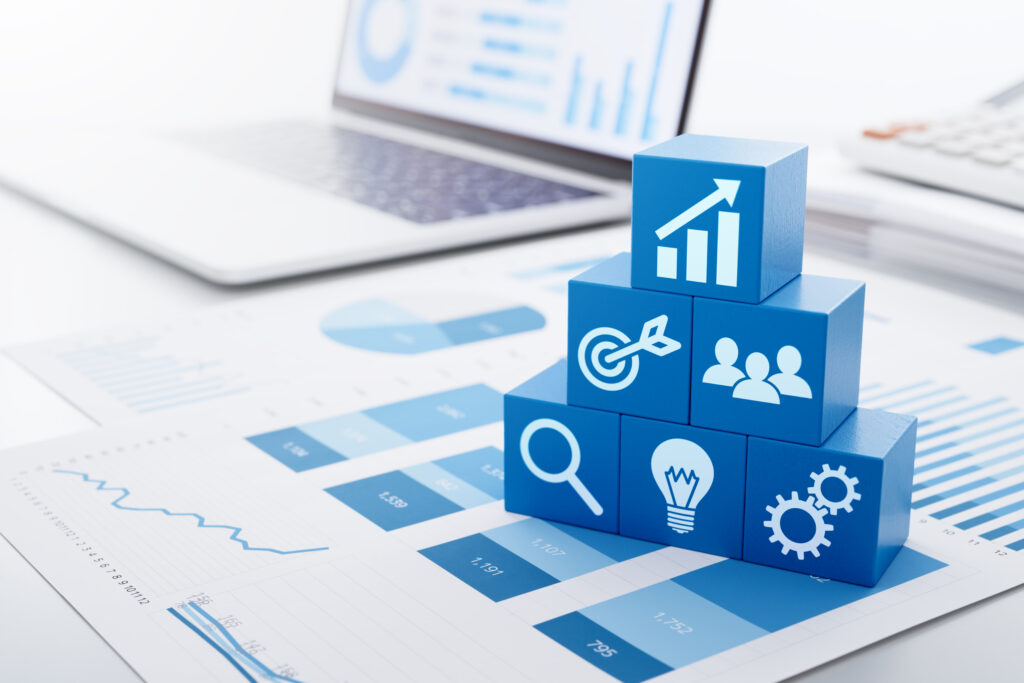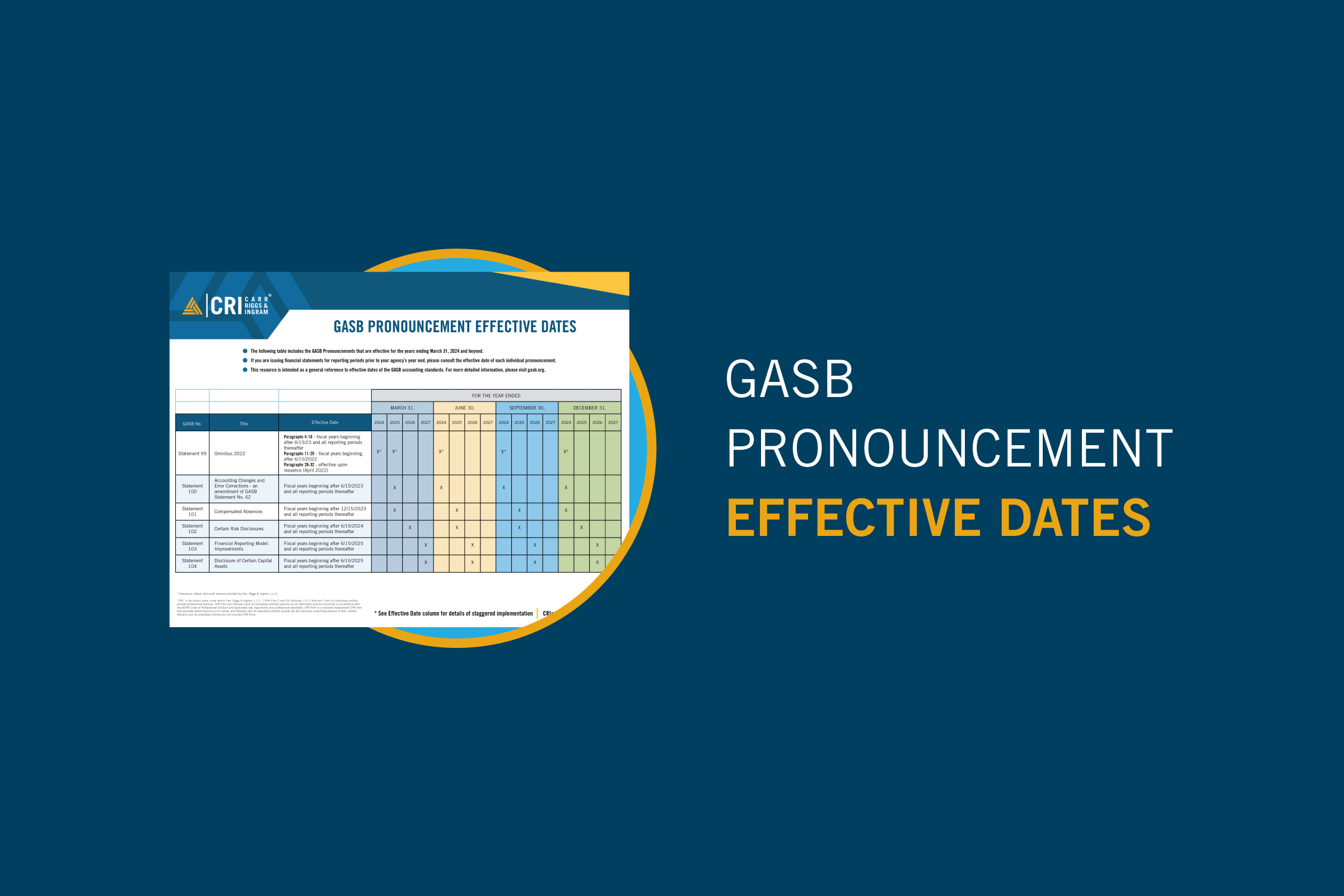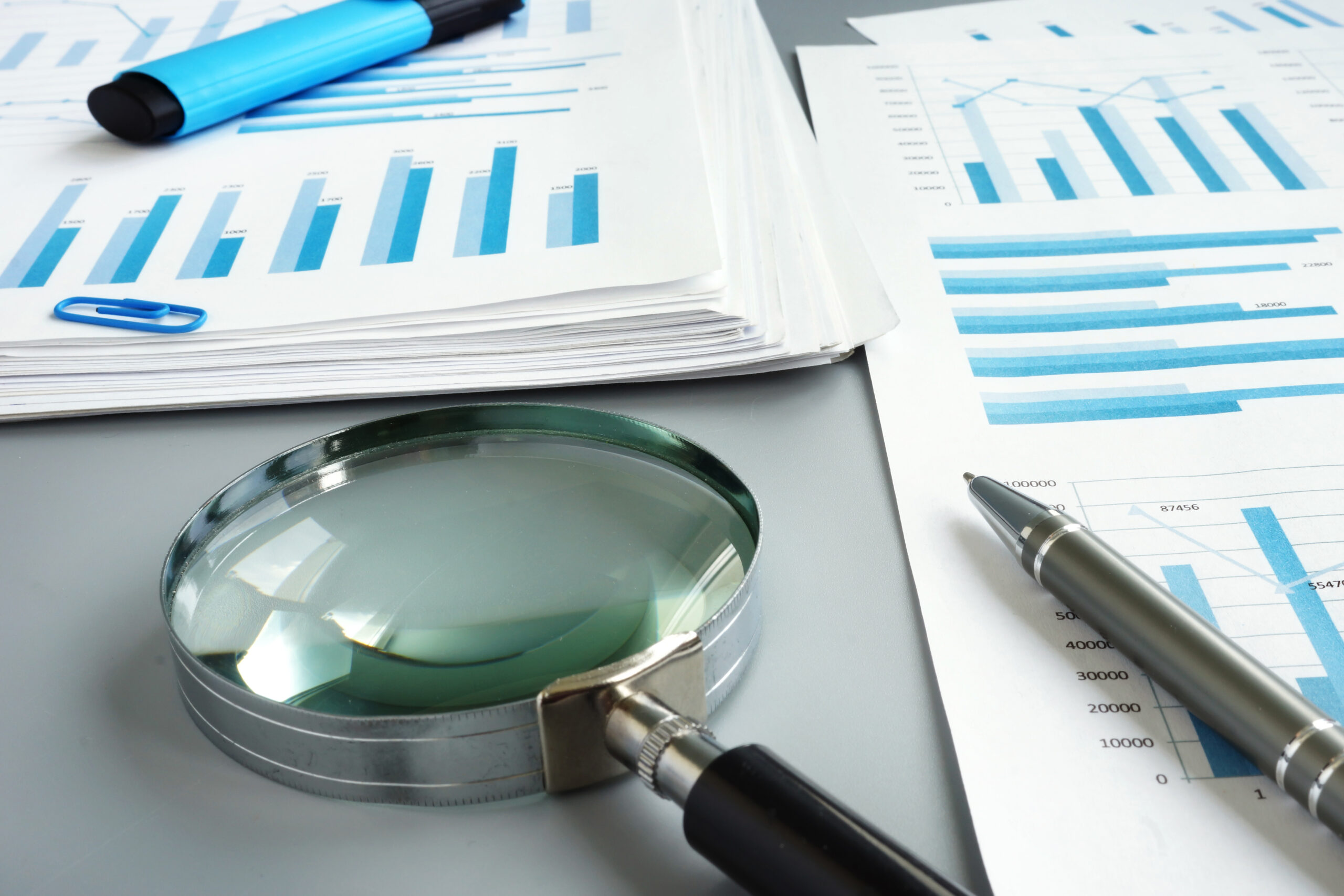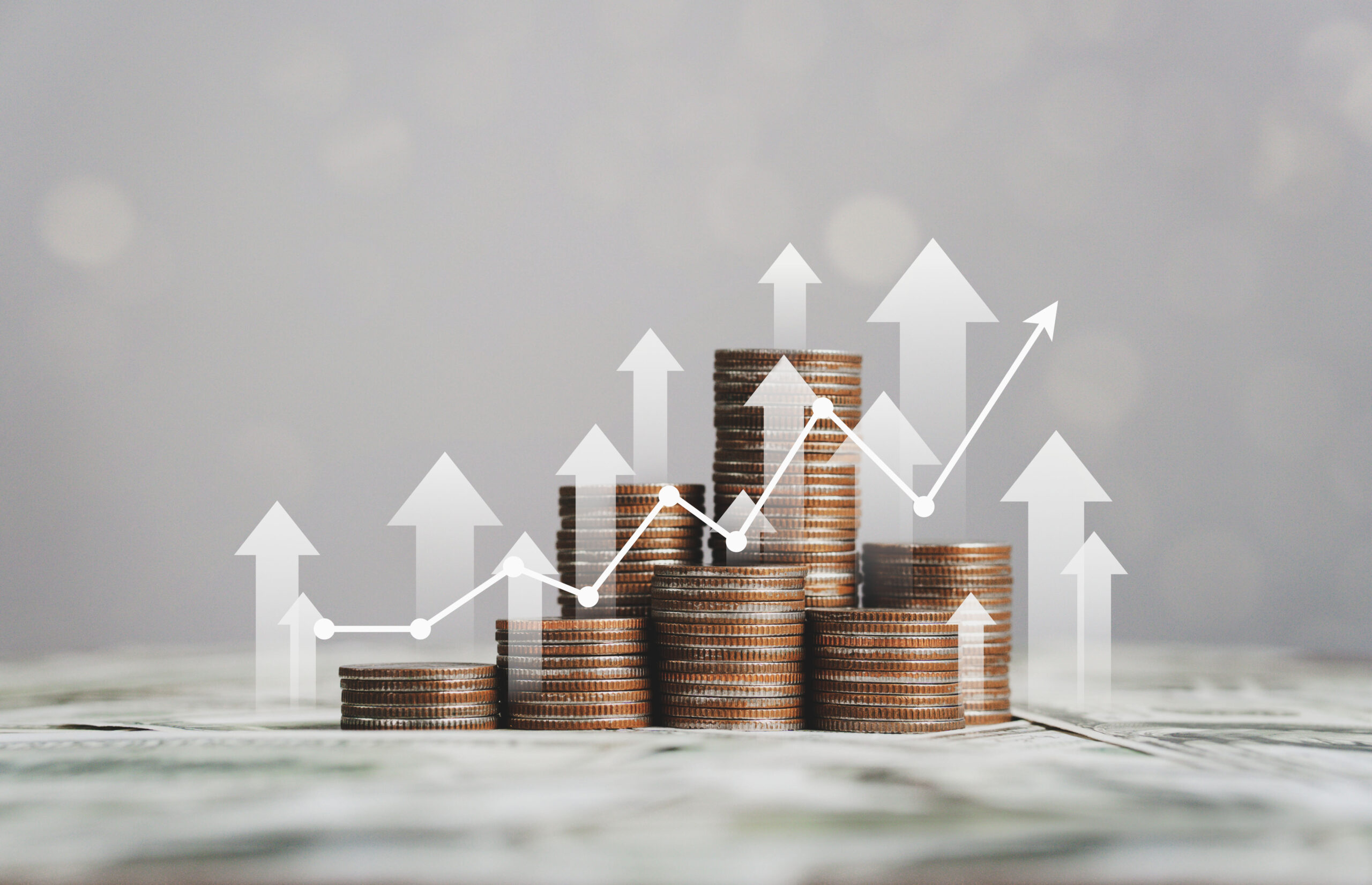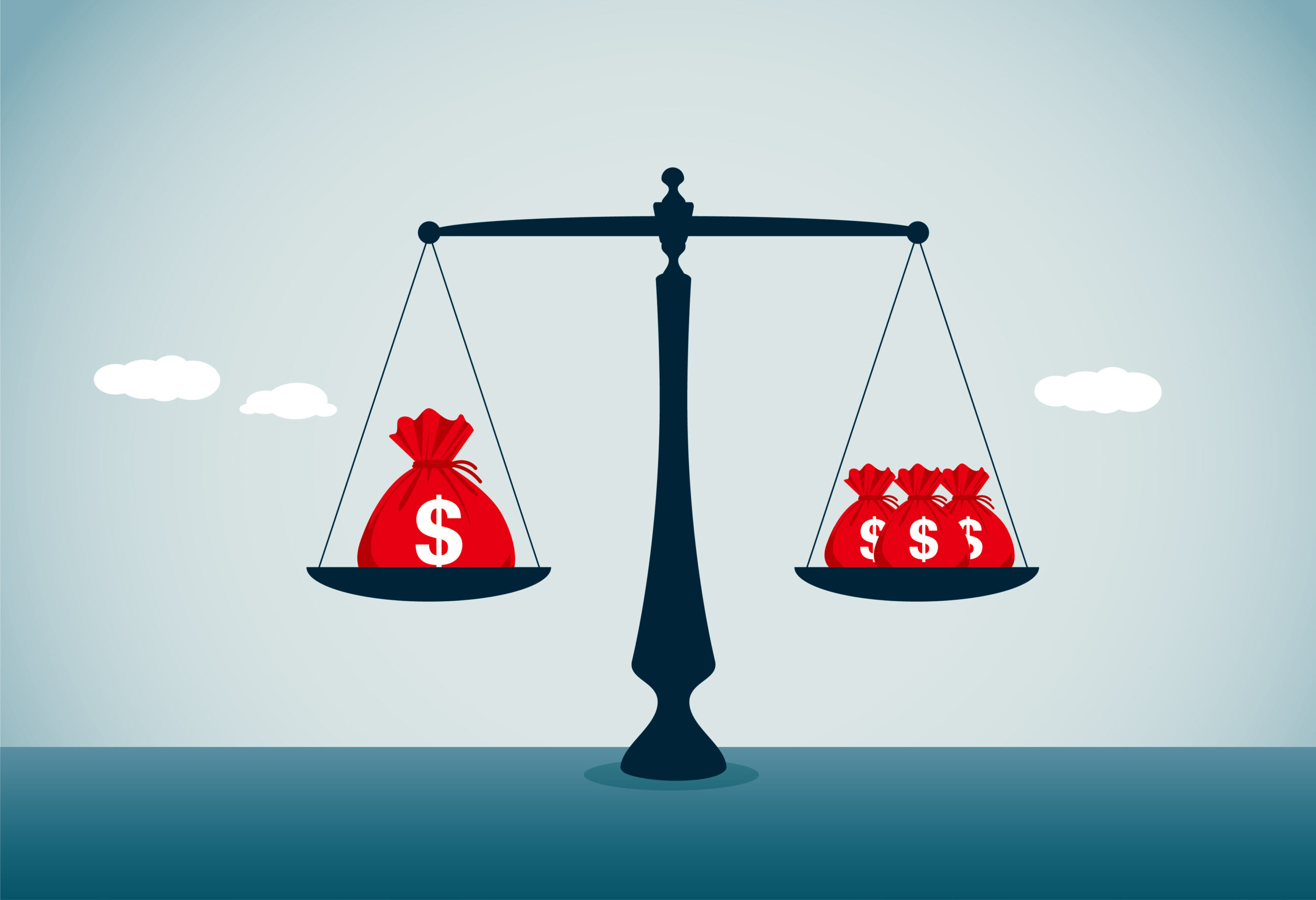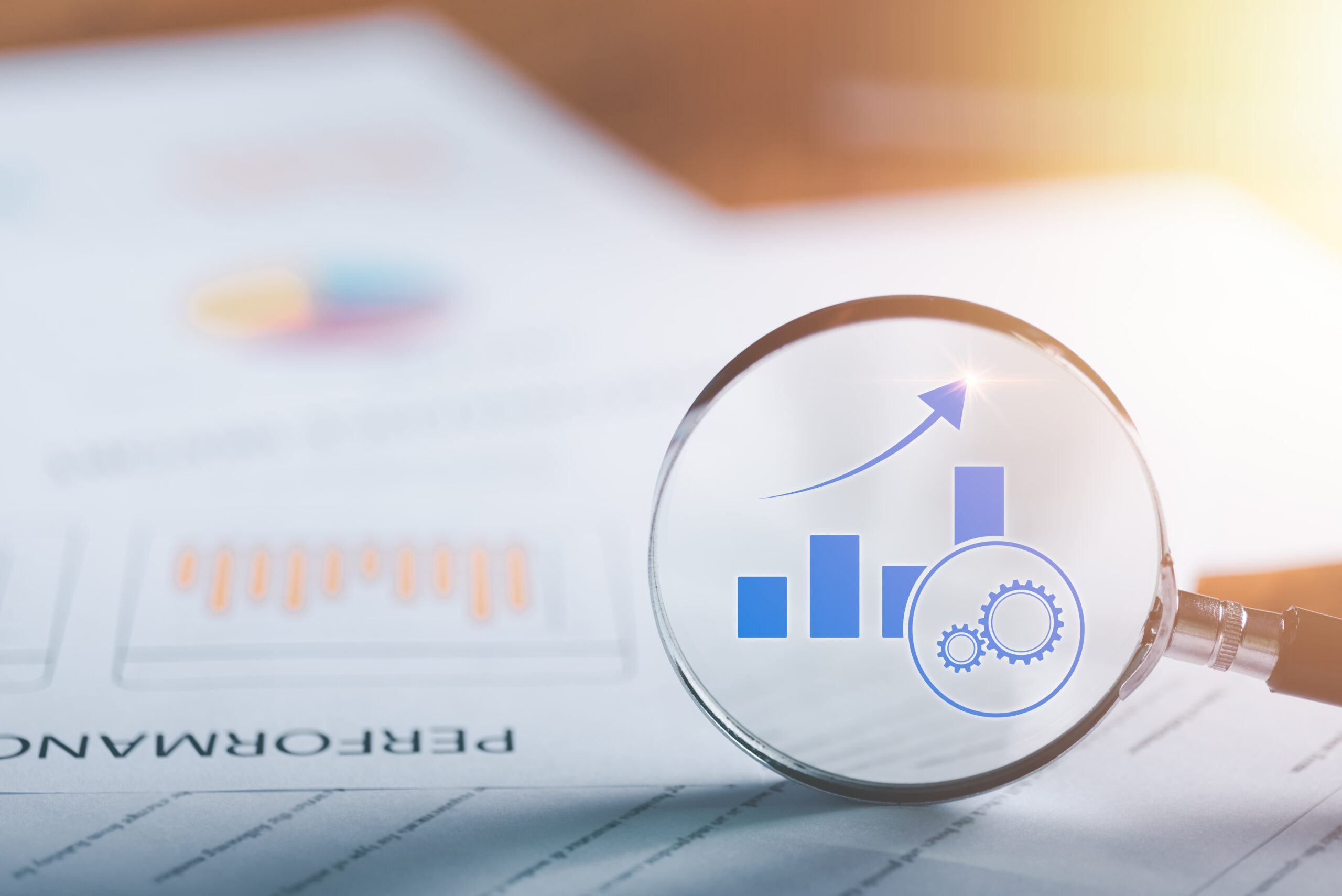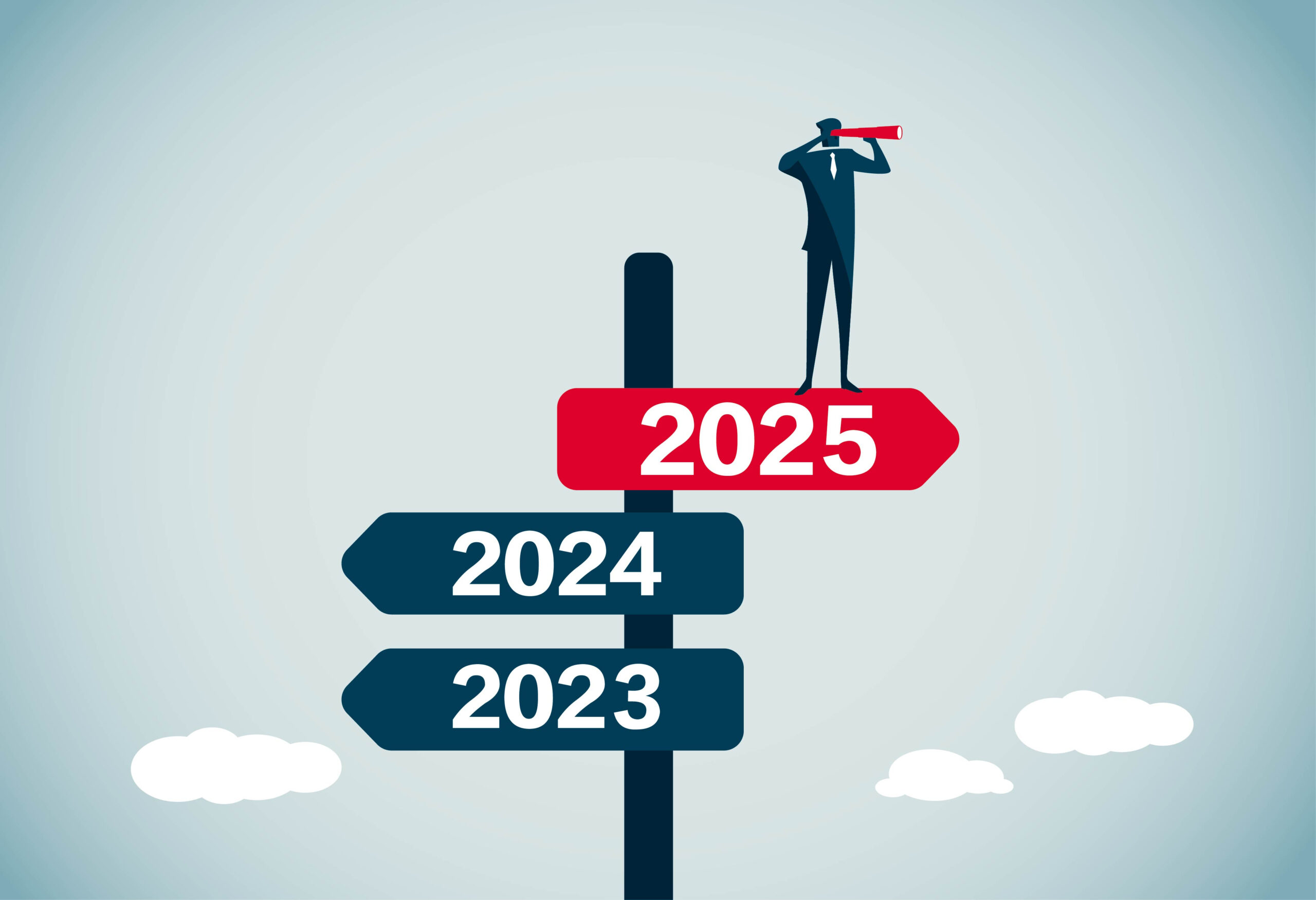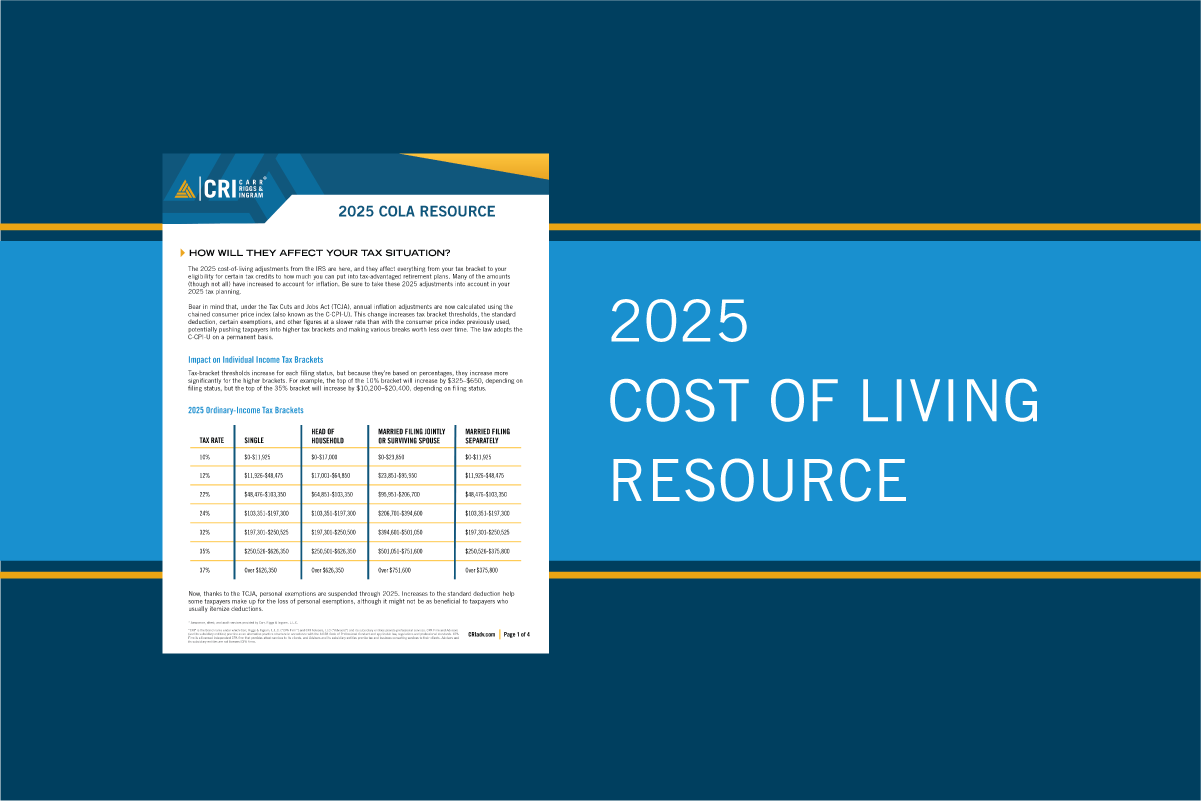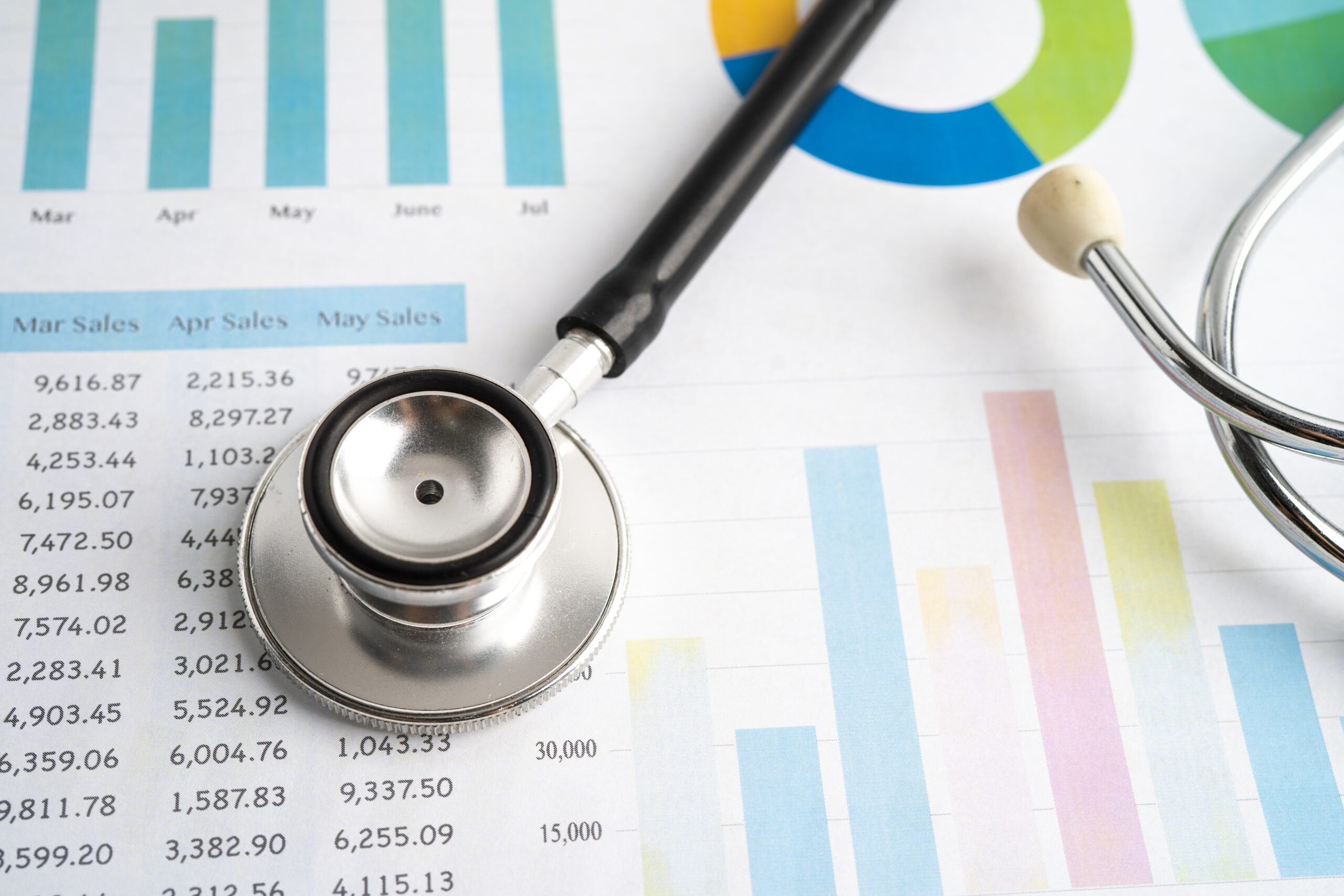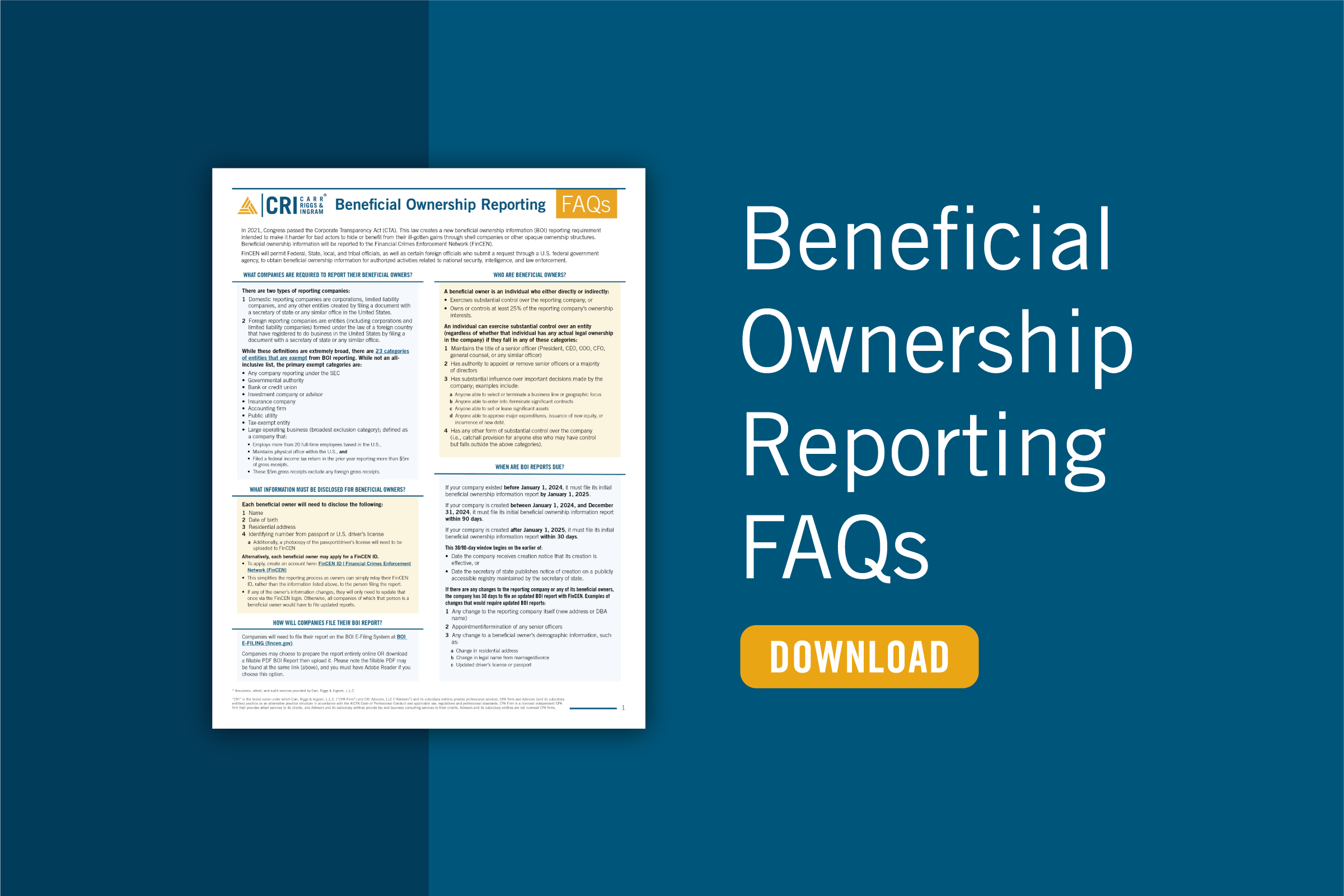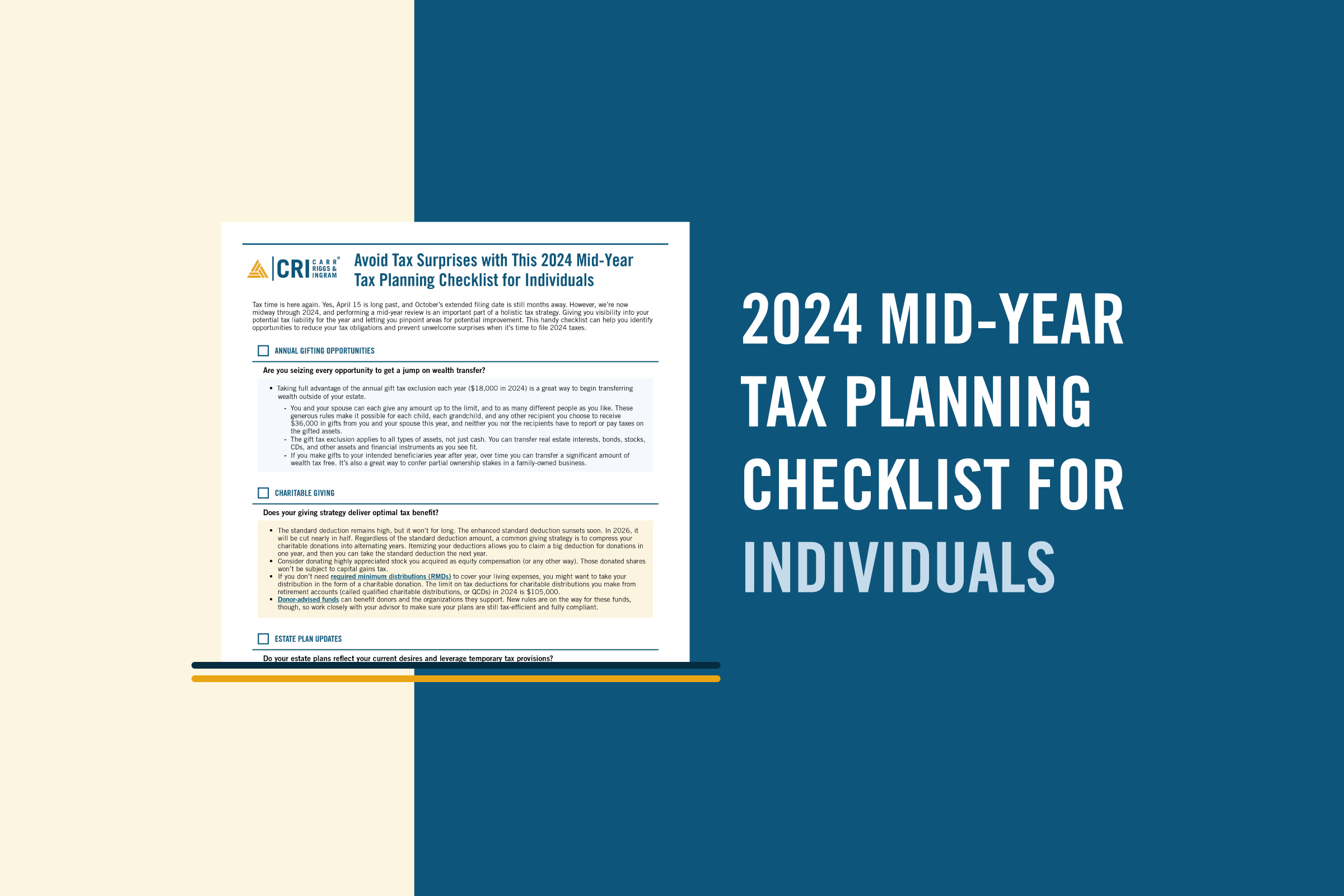Real-Time Results: How Dashboards Can Help You Move Your Small Business Forward
- Contributor
- Greg Crabtree
Jan 18, 2024
Quick! What was your highest operating expense last month? What was the percent change month-to-month? And how does that expense compare to the same month last year?
If you can’t answer those questions in just a minute or two, then you might want to consider the benefits of dashboards.
Dashboards: Beauty in Simplicity
Learn how to clearly see your business’ big picture by maximizing your data and accounting system.
The beauty of dashboards is that they allow you to quickly see the big picture without getting bogged down in the details. The best dashboards are:
Simple. Your dashboard should be a simple representation of high-level numbers. You shouldn’t need multiple advanced degrees to interpret the data, and you shouldn’t spend hours each week tweaking the dashboard to produce the information you need.
Real-time. Dashboards are only useful if they draw from a pool of comprehensive, up-to-date information. In other words, effective dashboards are byproducts of effective bookkeeping practices. If you’re still posting all your transactions at the end of the month (or worse, at the end of the year), then your dashboards will be useless most of the time.
Accessible. Your dashboard should be no more than a single click away. If you’re spending too much time clicking through multiple screens to find the metric you need, then the dashboard isn’t serving its purpose. A word of warning though: Resist the urge to study your dashboard every day. Instead, set a day each week (after all your data is updated) to review your financial metrics carefully.
Actionable. An effective dashboard is one that presents the few key pieces of information you need right now to move your business forward. The point is to visualize a select set of financial results to help you focus on areas that you have identified as key for your organization.
Select Strategic Metrics
What metrics do you need at your fingertips? It depends on the goals you have set for your business. For example:
- If your goal is to maintain cash reserves of $20,000, then you need to see that your current and expected future balances meet that minimum.
- If you plan a profitability increase over the prior year, your dashboard should give you an instant view of your gross margin dollars compared to your target.
- If your focus is on reducing specific operating expenses, then comparing year-to-date expenses for those particular items against prior year results would be a perfect quick-glance metric.
- If you sell goods, a visual representation of your gross margin by product line would give you an immediate snapshot to see if you are meeting expectations.
Like a vehicle’s dashboard, these high-level metrics give you an instant read on where your business is at and the direction it’s heading so that you can move your business forward. This at-a-glance information can help inform smart decision-making — but it doesn’t replace more detailed analysis. If something doesn’t look right, dig deeper to understand what the numbers are really telling you. For example, if your dashboard shows that your profitability has increased well beyond your expectations, then it’s time to celebrate, right? Hold your horses. What that result might be telling you is that some of your expenses have not yet been recorded. (Maybe you haven’t yet adopted a weekly accounting rhythm.)
Common Barriers to Effective Dashboard Creation:
- Lack of a Clear Starting Point: You may admire dashboards from other companies but feel blocked when attempting to develop your own. It’s essential to identify this barrier first.
- Data Deficiency: If you’re missing the necessary data, address this by determining the available data, who can access it, and who is responsible for its production.
- Uncertain Targets: If you’re unsure about what goals to set, the Simple Numbers CRI team can assist in establishing appropriate targets and ensuring they don’t conflict with one another.
- Dashboard Development Challenges: Don’t let the lack of software expertise hinder you. Begin with the basics, like Excel or even plain text in an email. Focus on what’s important and the frequency of updates. Remember, aesthetics can follow function; initially, simplicity is key. Additionally, there are numerous cost-effective dashboard tools available at your disposal.
Dashboards Enable Collaboration
Running a small business requires paying attention to a lot of moving parts. Don’t try to go it alone.
Hopefully, you’re already working with an accountant who is helping you stay on the right financial track. One of the benefits of many dashboarding tools (especially those that are integrated into your accounting software) is that they enable you and your advisors to collaborate in real time. So take advantage of this rich source of simple, real-time, accessible, and — most important — actionable data. Get on the phone with your accountant to talk about how you can move your business from here to a better tomorrow.
Real-time insights into your business operations are not just a luxury reserved for large corporations; they’re now accessible and achievable for businesses of all sizes, including small enterprises. With advancements in technology and data analytics, the ability to monitor your business’s performance as events unfold is a tangible asset that can drive informed decision-making and provide a competitive edge. Whether it’s understanding customer behaviors, managing inventory levels, or assessing financial health, real-time data puts the pulse of your business at your fingertips. To discover how you can harness these insights and integrate them into your own business practices, check out our Accounting & Business Outsourcing webinar or call your CRI advisor. Let the clarity of instant data illuminate the path to your business's success.

